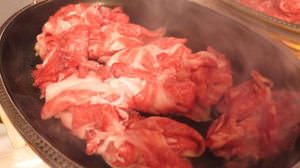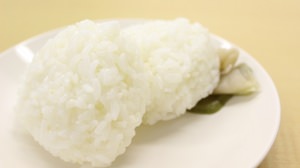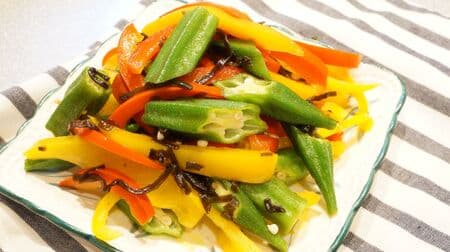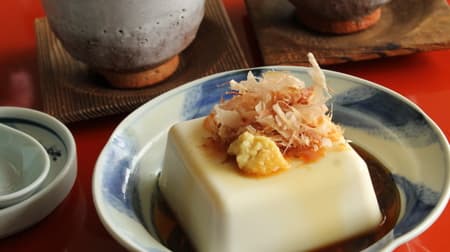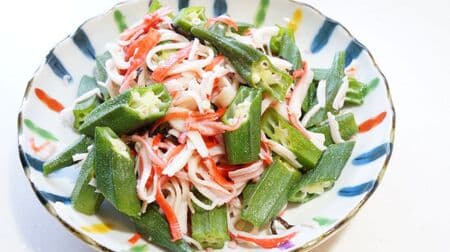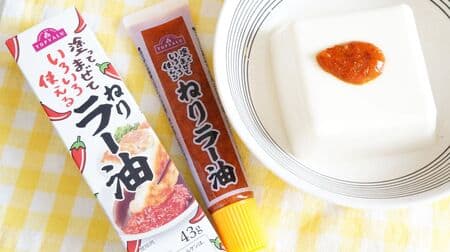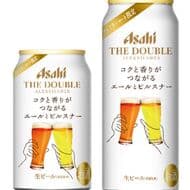
Since "Japanese food" has been registered as a World Heritage Site, the "power of soup stock" is drawing attention again. There are various types of soup stock, but this time we will focus on "kelp". NHK's morning drama "Gochiso-san," which recorded a high audience rating, also depicts a scene in which the main character, who married from Tokyo to Osaka, struggles with unfamiliar kelp stock.
Yes, kelp stock is Osaka. In fact, Osaka is said to have the largest number of stores handling kelp and the largest number of specialty stores in Japan. Although most of the kelp production areas are in Hokkaido, many processed kelp products are lined up in department stores and souvenir shops in Osaka. Why did kelp become a "special product" in Osaka?
The En-eating editorial department asked Mr. Motojiro Amano, the president of Nagaike Kombu , a long-established kelp processing shop that has been in Osaka for about 150 years, about the kelp.
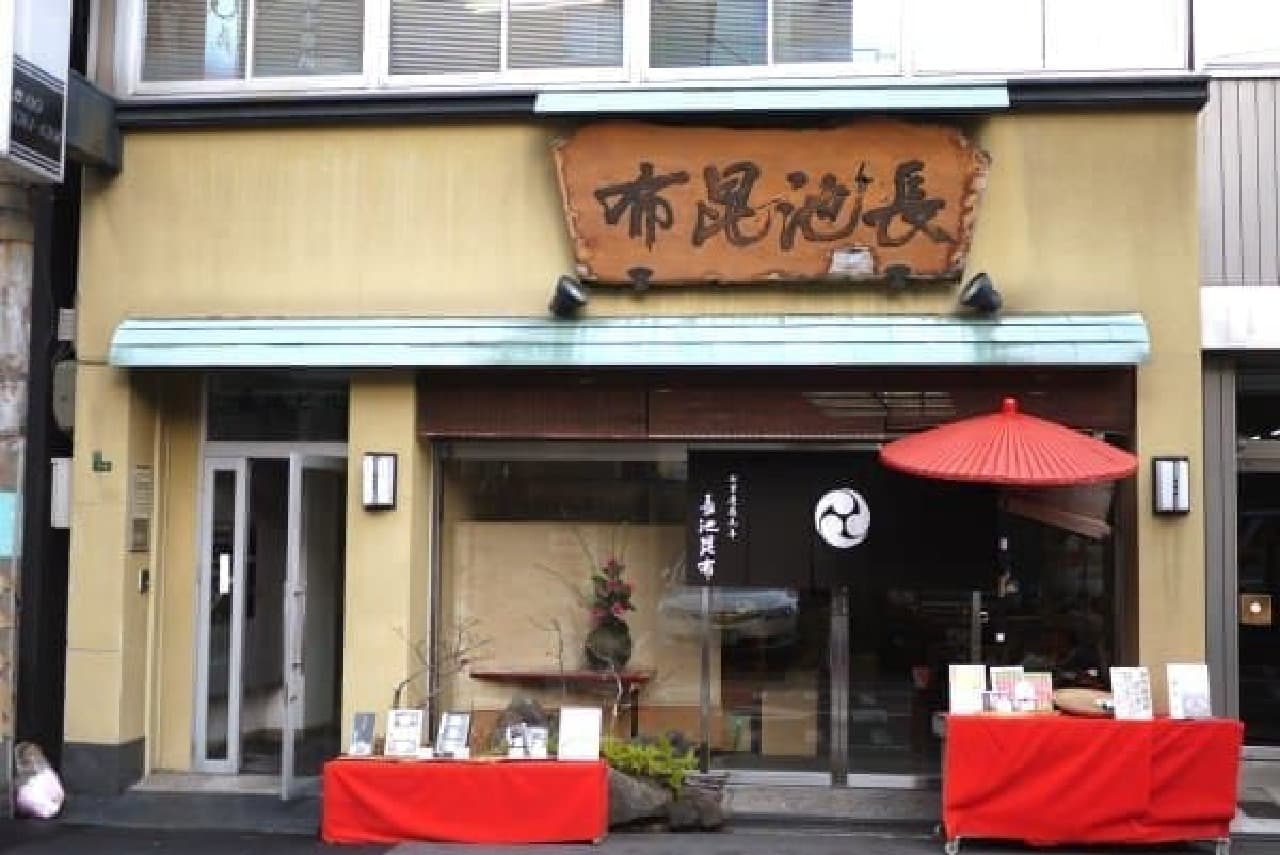
◆ Why are there so many kelp shops in Osaka?
Osaka has prospered as a logistics center since ancient times. In the case of kelp, it was said that it used the "Kitamaebune route" that passes through the Sea of Japan to enter Hokuriku from the southern tip of Hokkaido and was transported inland to Osaka. It is said that kelp wholesalers lined up in the Temmabashi area along the big river, and many kelp processing shops gathered in the Yodoyabashi area where Nagaike kelp is located. There is even a theory that processed products such as "Oboro Kombu" and "Tororo Kombu" whose surface is thinly scraped off and "Shio Kombu" which has been carefully simmered were born in Osaka.
According to Mr. Amano, Sakai, a town in southern Osaka where kelp making is popular, was also a major factor behind the development of processed kelp products. It is said that Sakai's high technology made it possible to use good tools and make delicate "Oboro" and "Tororo".
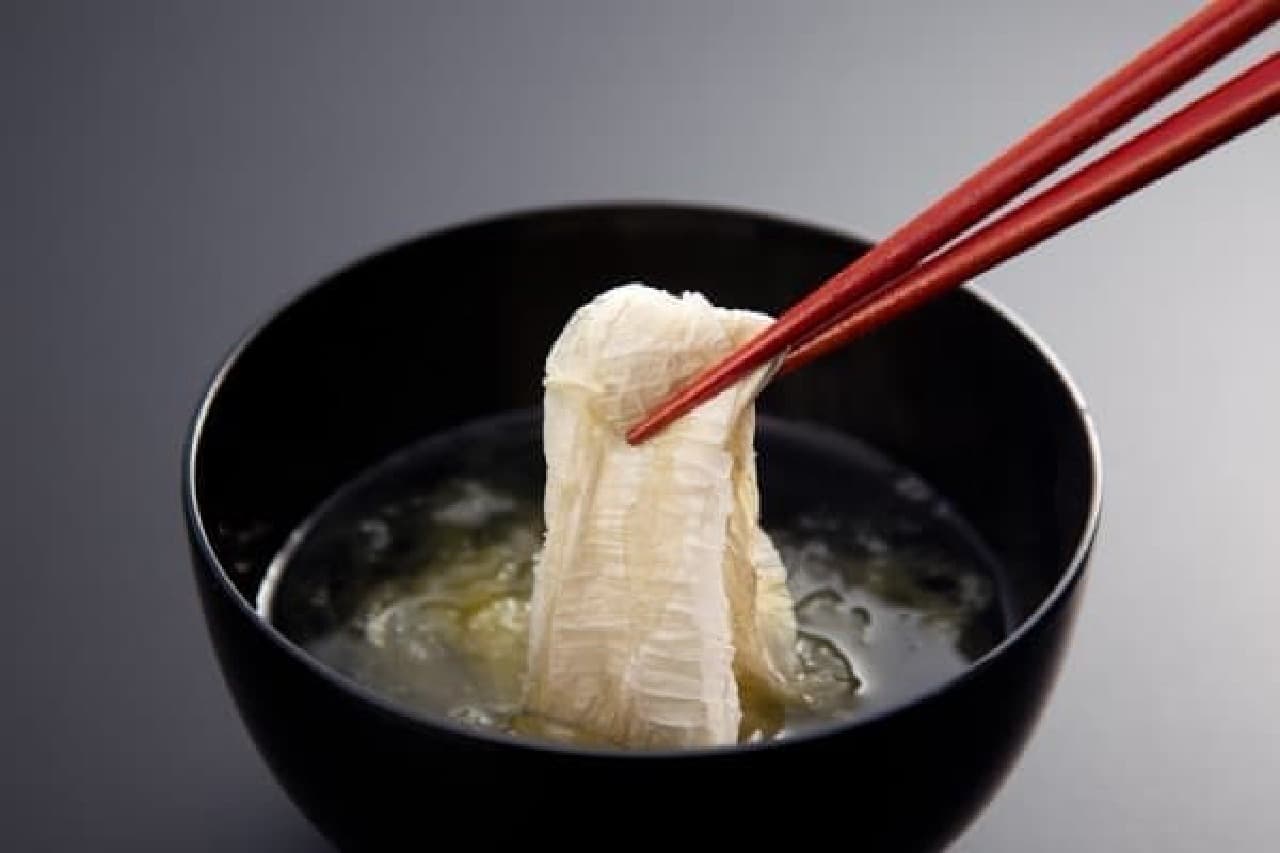
◆ How is it different depending on the type?
There are various types of kelp. For example, "Makombu" has long been a favorite in Osaka. The high-quality kelp from southern Hokkaido is thick and has a good balance of sweetness and umami, making it suitable for both soup stock and processing.
In addition, Rausu kelp, which is known as high-class kelp, is officially named "Rishiri-type long-tailed tit kelp" and is characterized by its rich and rich soup stock. Rishiri kelp produces good soup stock, but the meat is hard and it takes time to cook, so it is not preferred for processing. Hidaka kelp, which is widely distributed, is also known as "early boiled kelp" and is small and easy to cook.
To get the soup stock with kelp, just put it in water about 3 hours before cooking. It may be interesting to compare the difference in soup stock and taste using multiple kelp.
◆ The soup stock of kelp is the best in the world
Finally, when I asked Mr. Amano about "the best part of kelp," he answered, "Limited to soup stock." Because of the presence of kelp, the soup stock combined with bonito is fragrant and rich, and salted kelp and tsukudani are also cooked to a delicious taste. And, "Hana Sansho", which is made by boiling Sansho flowers using the broth left after cooking salted kelp, is a secret specialty product, and it is said that it is attractive that it can be used up to the very end. I will.

Although kelp stock and processed kelp products are unfamiliar in the Kanto region, many stores are open at department store events and are sold online. Also, when you go to Osaka, there are many kinds of souvenirs on sale, so please take a look.
The author once again felt the "power of kelp". I will try to take on the challenge of getting soup stock from kelp.
!["Japanese food" becomes a World Heritage Site! Japanese food culture is wonderful [World Heritage]](https://image.entabe.jp/upload/articles/3102/4cb3b28924e1e7c1588bd93012e73b3c_special.JPG)
